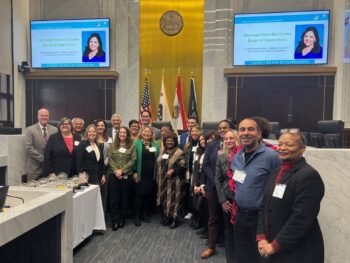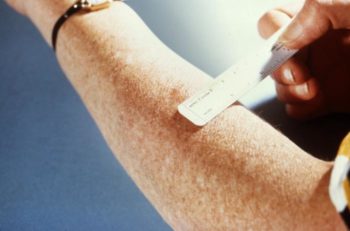They get them at local pharmacies. They buy them online. They steal them. However, most prescription drugs people use to get high come from their own or other people’s homes.
“People’s home medicine cabinets are the newest drug dealers in town,” said County Supervisor Pam Slater-Price. “These increasingly popular drug dealers are closer than you think.”
To remove the temptation and one of the sources of prescription drugs, the Drug Enforcement Administration and local law enforcement agencies and other organizations are sponsoring a Prescription Drug Take Back Day.
On October 29 from 10:00 a.m. to 2:00 p.m., people can dispose of unwanted and unused prescription drugs at multiple locations throughout the county. Click for drop-off site near you.
“Preventing drug use and being aware of emerging drug problems is critical,” said Nick Macchione, Director of the County’s Health and Human Services Agency, which is spearheading Live Well, San Diego! initiative, a 10-year plan to improve the health of local residents that includes substance abuse prevention and treatment. “Prescription drugs can be highly addictive and their abuse has the potential to destroy families, and disable or kill people caught in their grip.”
Every day, 2,500 American youth, ages 12-17, abuse prescription drugs for the first time. Prescription drugs—pain relievers, tranquilizers, sedatives and stimulants—are the drugs most often abused by teens, after marijuana. Misuse of prescription drugs increases as teens grow older, according to U.S. Office of National Drug Control Policy. Typically, young people get prescriptions drugs from their home’s medicine cabinet or from friends.
Furthermore, 31 percent of teens and 40 percent of adults arrested in San Diego County have misused prescription drugs in the past, according to a recent SANDAG study of people arrested in 2010. The three most frequently abused prescription drugs were Vicodin, followed by tranquilizers, and Oxycontin.
Furthermore, the DEA has reported pharmacy robberies in San Diego increased from an average of five in 2005 to 18 robberies five years later, a whopping 260 percent jump. During the first eight months of this year, 16 pharmacy robberies had been reported locally.
To deal with the growing prescription drug abuse problem, the County, at the direction of Supervisor Slater-Price, created the Prescription Drug Task Force and has been taking an active role in decreasing the availability of prescription drugs.
The Task Force has collected thousands of pounds of unused medications during take-back events. Additionally, 24 secure drop-off boxes have been established throughout the county. A list of permanent prescription drug drop-off sites can be accessed here.
“These drugs could have easily fallen into the wrong hands and led to abuse, addiction or death,” said Slater-Price.
Parents who believe their child might have a drug problem and adults with substance abuse issues should call the County’s Access and Crisis Line at (800) 479-3339. They may also call the Prescription Drug Task Force at (888) 662-6384.




